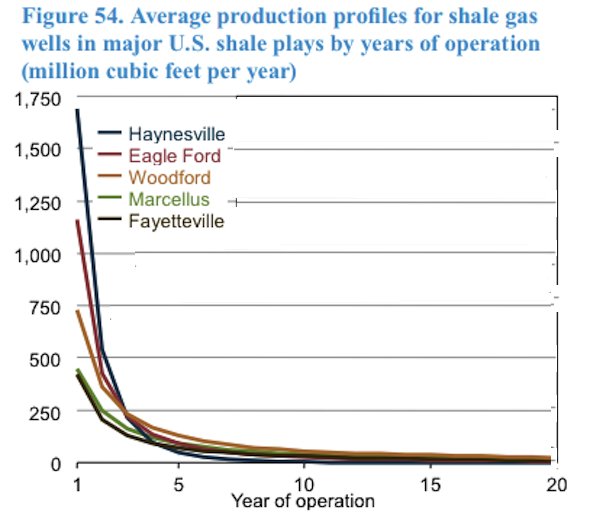who's the happiest chap with surging oil prices (recently hit a 2015 high)?.....

http://www.cnbc.com/id/102653143
[h=1]Russia: Back from the brink[/h]
Interest rate cuts, rallying oil prices and an easing of tensions with neighboring Ukraine: Russia couldn't ask for a better combination perhaps to bring it back from the brink of economic crisis.
Last week the country's central bank slashed interest rates by a 150 basis points to 12.5 percent amid a recovery in the Russian ruble and signs that inflation in the country had peaked.
"The ruble has been on a tear from very depressed levels and this has a lot to do with oil, which is a huge performer," Joseph Dayan, head of markets at BCS Financial, told CNBC on Tuesday
"Close to 60 percent of Russia's budget is dependent on oil or oil-related income, so not surprisingly, both of these moves are going together. There are other things that are coming together for the Russian story – geopolitical factors in particular," Dayan added.
that's a well diversified economy ya got there, Mr.Putin.........

http://www.cnbc.com/id/102653143
[h=1]Russia: Back from the brink[/h]
Interest rate cuts, rallying oil prices and an easing of tensions with neighboring Ukraine: Russia couldn't ask for a better combination perhaps to bring it back from the brink of economic crisis.
Last week the country's central bank slashed interest rates by a 150 basis points to 12.5 percent amid a recovery in the Russian ruble and signs that inflation in the country had peaked.
"The ruble has been on a tear from very depressed levels and this has a lot to do with oil, which is a huge performer," Joseph Dayan, head of markets at BCS Financial, told CNBC on Tuesday
"Close to 60 percent of Russia's budget is dependent on oil or oil-related income, so not surprisingly, both of these moves are going together. There are other things that are coming together for the Russian story – geopolitical factors in particular," Dayan added.
that's a well diversified economy ya got there, Mr.Putin.........












